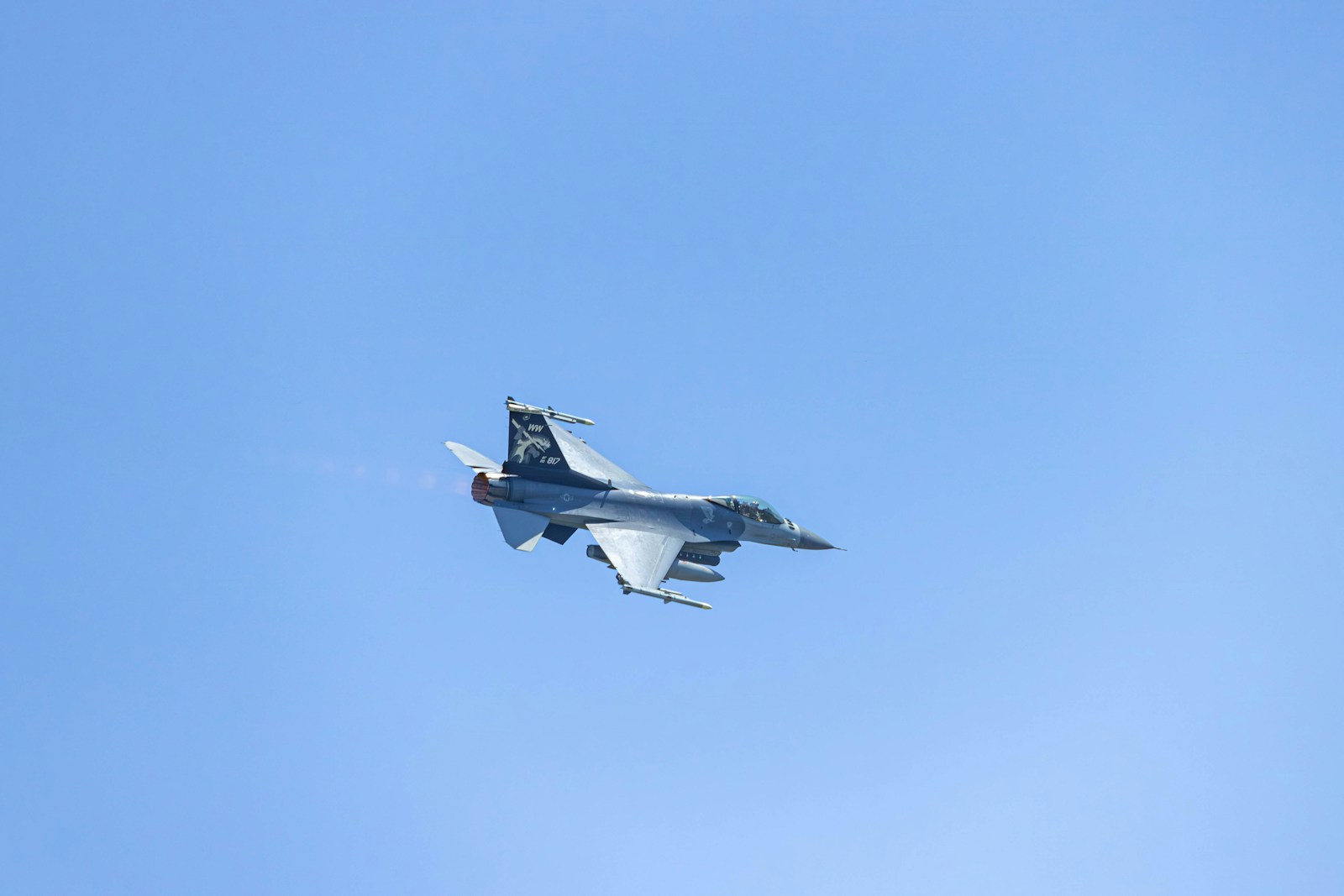Key Takeaways
- A 1990s rancher’s sighting helped spark the modern chemtrails theory.
- Health and Human Services plans a chemtrails task force under RFK Jr.
- Several GOP lawmakers are pushing bills to ban weather tampering.
- Scientists say contrails are harmless water vapor, not toxic sprays.
- Social media and low trust in experts fuel the chemtrails myth.
Are Chemtrails Real?
In the 1990s, William Wallace was plowing a wheat field in Washington state when he saw a gray plane release a white trail. He worried it was a chemical spray meant to harm him and the farm. Wallace shared his fear with reporters, even though it sounded like a plot from a sci-fi show. Over time, his story became a spark for the so-called chemtrails belief.
Today, the idea has found its way into federal health policy. Under President Trump, fringe theories have gained traction at the highest levels. Most recently, Health and Human Services Secretary Robert F. Kennedy Jr. is said to be forming a task force to study weather control and chemtrails. A leaked memo claims airplanes are spraying heavy metals like aluminum, barium, and strontium to fight global warming, but it offers no proof.
Why Chemtrails Matter Now
The chemtrails concept is part of a broader Make America Healthy Again movement. Adherents argue the government or private groups are secretly adding toxins to jet fuel or releasing chemicals from ground devices. They fear these sprays cause health problems, soil damage, and even weather chaos. In fact, some believe they can trigger floods or hurricanes.
Several GOP lawmakers support these claims. A recent hearing in Congress labeled weather control “playing God,” and some states have proposed fines and jail time for anyone caught geoengineering. Florida even set up a portal to report alleged violations. Meanwhile, RFK Jr. has long promoted chemtrails theories along with anti-vaccine views. His expected task force will likely recommend federal action against these supposed threats.
What Science Says About Chemtrails
Scientists have repeatedly debunked chemtrails myths. In reality, most plane trails are contrails—harmless water vapor that forms when hot jet exhaust meets cold air. Contrails can linger, spread, and form cirrus clouds under certain conditions, but they contain no toxic chemicals.
Research into deliberate climate control, known as geoengineering, is still in its early stages. Some small-scale studies focus on stratospheric aerosol injection to reflect sunlight. However, no large-scale project has ever been implemented. Experts say it’s physically impossible to use commercial flights to spray consistent, harmful levels of chemicals over wide areas.
A 2024 report by a watchdog office found no evidence of effective weather modification. Scientists studying floods in Dubai and Texas confirmed no technology exists to create such events. The Environmental Protection Agency states clearly that no federal agency is spraying the public with neurotoxins or metals.
The Political Reach of Chemtrails
Despite clear science, chemtrails theories have seeped into political debate. High-level officials have treated unproven claims as fact. A leaked memo to the White House health adviser warned of heavy metals in the atmosphere. It linked aluminum to brain disorders, ADHD, and respiratory issues without any data.
Political scientists note that when people distrust official sources, they lean on peer groups and social media. As a result, fringe ideas can gain a veneer of legitimacy. When federal agencies investigate conspiracy theories, it can reinforce false beliefs rather than dispel them.
Some lawmakers have introduced bills in about two dozen states to ban weather modification. One Georgia representative called it a threat to freedom and safety. Critics argue that such measures distract from real environmental challenges, like reducing carbon emissions and preparing for climate change.
Social Media and Misinformation
Chemtrails have become a pop-culture meme. Musicians, comedians, and filmmakers reference them in songs, podcasts, and thrillers. On social media, videos of planes leaving trails go viral, with captions warning of secret sprays. Algorithms amplify these posts, pushing them into users’ feeds.
Moreover, other baseless health rumors spread alongside chemtrails. For example, some believe high-profile scientists created pandemics. Others fear that vaccinated people can shed harmful particles. All of these theories share a common driver: low trust in institutions and a desire for simple explanations.
In this climate, even modest scientific efforts to study weather control can be twisted into proof of grand conspiracies. As one weather blogger admitted, some followers have threatened to shoot down planes they believe are spraying toxins. This shows how misinformation can spark real-world danger.
Why We Should Care
Unchecked conspiracy theories pose risks to public health and policy. When officials chase unfounded claims, they divert resources from real threats like pandemics or extreme weather events. They also erode trust in science and government, making it harder to address genuine issues.
Citizens need clear, evidence-based information. Schools, media, and public agencies must work to rebuild trust. Meanwhile, everyone can be more critical of what they read online and check facts with reliable experts. Only then can we focus on effective solutions to climate change and improve our nation’s health.
FAQs
What are chemtrails?
Chemtrails refer to a conspiracy belief that planes spray harmful chemicals into the sky. In reality, most visible trails are harmless contrails made of water vapor.
Can planes really change the weather?
No large-scale weather control using commercial planes has ever been proven. Scientists say we lack the technology to manipulate storms or rainfall in a consistent way.
Why is the government investigating chemtrails?
Some officials believe public concern demands a formal review. However, most experts say the inquiry risks giving undue credibility to a debunked theory.
How can I tell if a sky trail is a contrail or a chemtrail?
If you see a white line behind a jet, it’s almost certainly a contrail. Contrails form under cold, humid conditions and contain only ice crystals.

